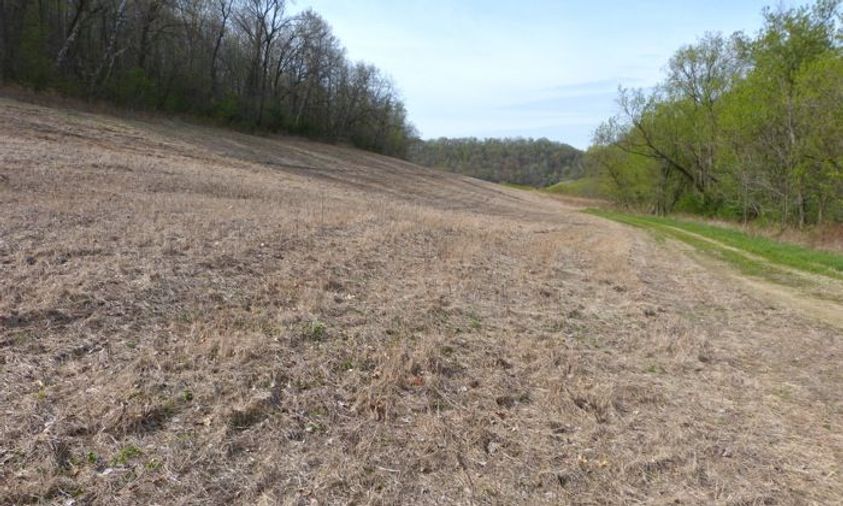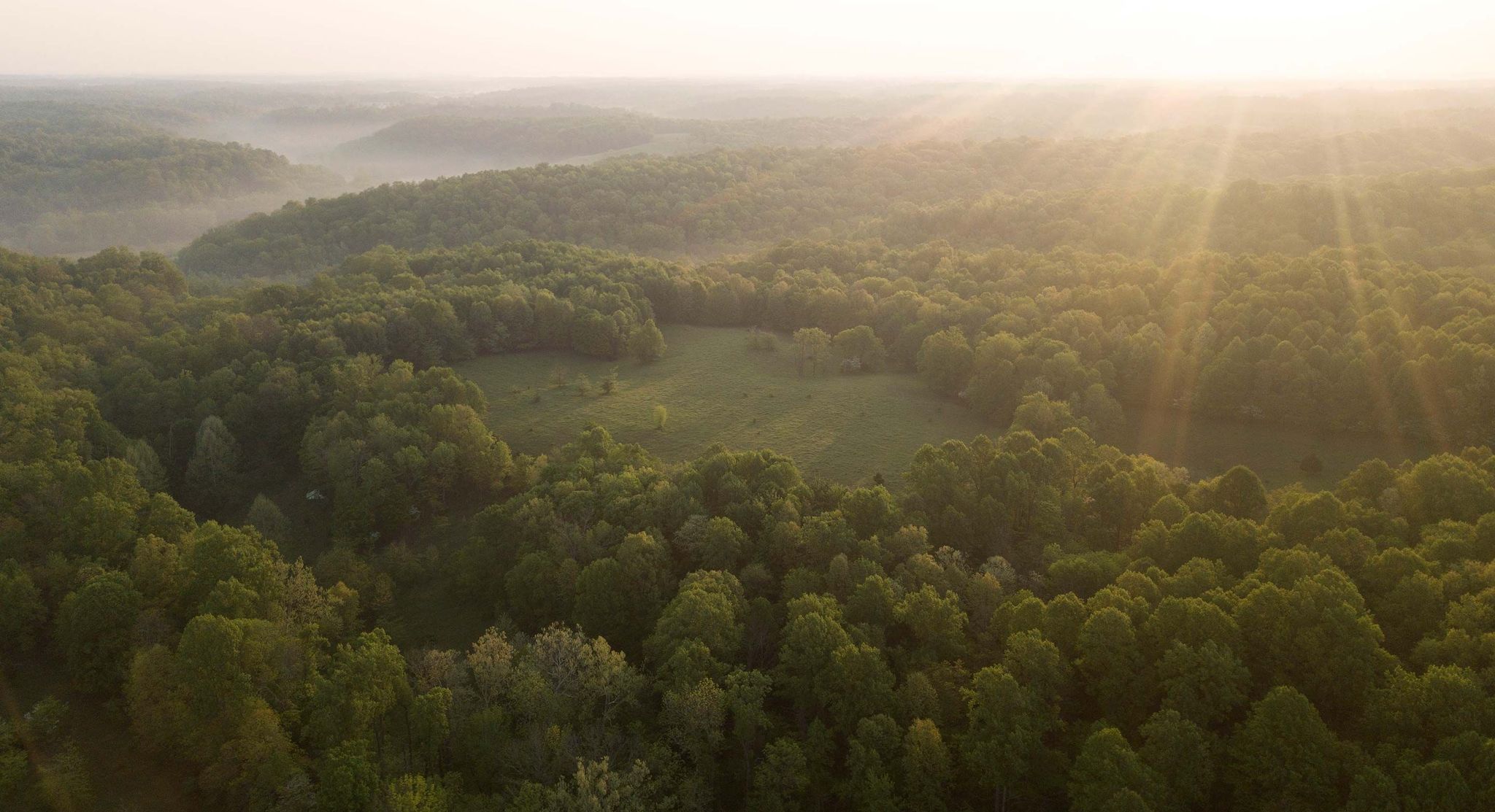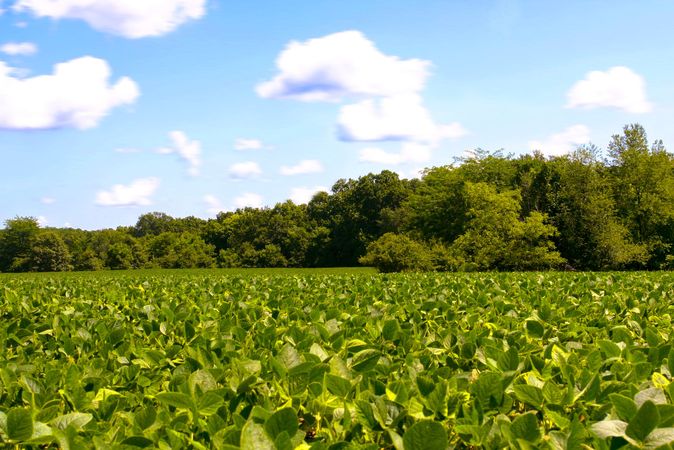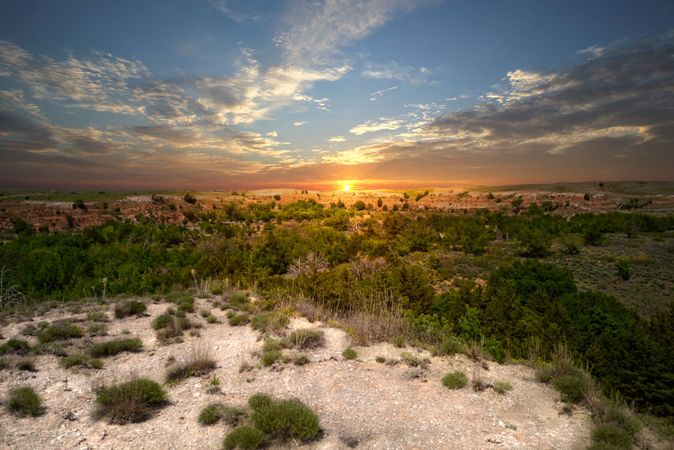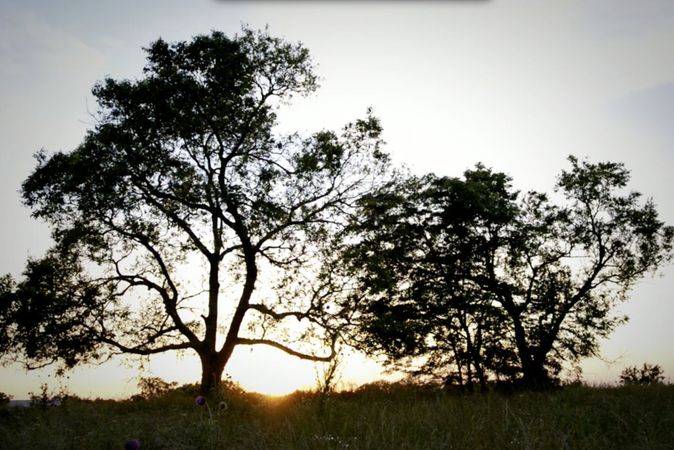Summer is at its peak. And no matter where you plan to hunt this fall and winter, the heat has blanketed the country and left some of us wondering just what the hell happened to all the hard work we put in back in the spring. The sickening crunching sound underfoot should not be the result of hours of toil.
Crushed dreams and crestfallen looks aside, we can’t control Mother Nature. But we can take precautions against her. Going into the spring growing season, proper soil preparation, planting methods, site and seed selection are among some of the most important aspects of summer food plots. These are the things we can control.
Read the Farmer’s Almanac
Since its inception (1792!), the Farmer’s Almanac (or The Old Farmer's Almanac) has traditionally been 80 percent correct on its forecasts - says so right on its website. When your local paper prints a headline that reads “First Hay Cutting to Be Best,” pay attention. Newspaper writers don’t come up with that kind of long-range forecast on their own. They read the Farmer’s Almanac. And those predictions affect just about all plant life, except maybe the intrusive Johnson grass and kudzu, depending on your geography.
Time Your Soil Turning
This is one of the best ways to maximize rainfall and soil moisture. The coolness of winter allows the ground to retain more moisture than the hot summer days that’ll deplete a centurion creek. If you need to deep-till a summer food plot with a chisel plow, go ahead and do it well in advance of your planting date. Being that the ground can also be hard in the winter time, you can achieve this by waiting until early spring when, consequently, there will be more moisture available. Then, weeks later, when it’s time to plant, all you’ll need is a light disk to break the soil, a spreader to broadcast the seed and fertilizer, and a cultipacker to ensure the seed makes contact with the soil.
Dry Weather Seeds
Let’s go ahead and assume you’ve properly prepared your soil - moisture retention, proper pH, biologist’s recommendation (if needed), etc. Now, it’s time to decide what to plant. Lablab is an excellent dry weather seed. As a native of Africa, it’s deep rooted, meaning that it can draw what moisture it needs from the lower levels of the soil. Other forage-type beans are also well-suited for dry climates whereas seed producing plants won’t be very productive - they produce their seed then die, and without water they might not even make it to that point. Plus, beans are a substantial source of protein which leads to better antler growth.
Mineral Blocks
Mineral blocks are both an alternative and a plan. Heck, we’d even suggest putting out mineral blocks throughout exceptionally wet summers. Once you find out where deer will use them most - through trial and error - keep that spot stocked. The best places are usually on tree lines or in the woods.
Plant the Bottom Lands
If you have these type areas on your property, use them. The soils of river and swamp bottom lands are perennially wet and these plots will provide two things all wildlife depend on to survive - food and water. Choose a spot high enough that it’s not in danger of flooding but low enough to where the soil remains damp. River bottom land is some of the most fertile you’ll find.
There are many reasons food plots fail; reasons we’ve discussed in other blogs and some that are caused by natural occurrences out of our control. If you know it’s going to be an extra-dry summer, consider using these precautions to your advantage to make sure your food plots come to fruition. Summer and early fall are such important times for the entire deer herd. Bucks are growing antlers and the does are raising their youngins. And just think, if your neighbors won’t use similar practices and don’t provide the deer any food sources, the wildlife will use your property as a key source for sustenance.


